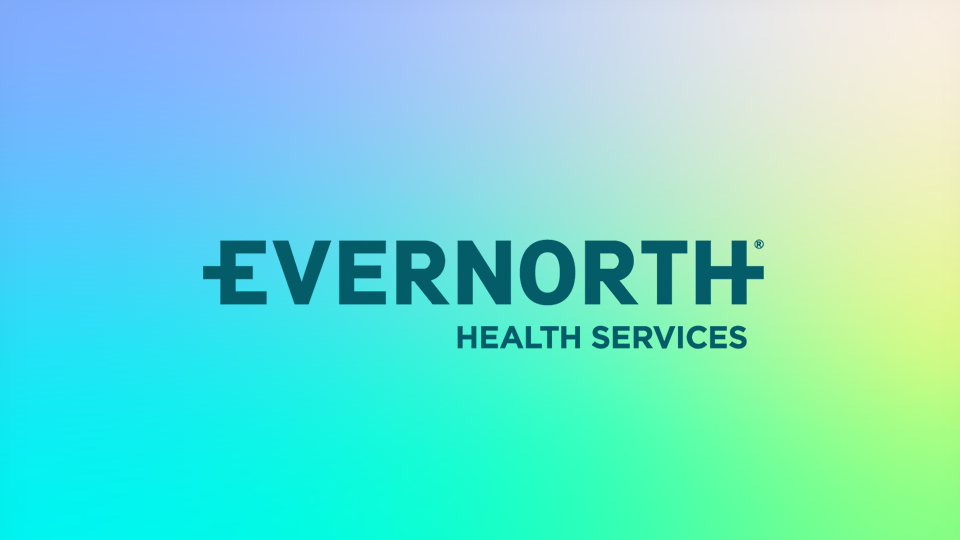Over the past year, COVID-19 has rapidly accelerated the need for and utilization of virtual health care and digital health care. Early on, for example, the pandemic had a huge impact on mental health, Patients dealing with conditions such as depression and anxiety used virtual care to meet with providers, and they utilized digital tools such as cognitive behavioral therapy applications.
Boom times for virtual care
Nearly one in four consumers used virtual doctor visits, therapy and other forms of virtual care over the last year, meeting with providers via video call, text or other technologies. Three out of four consumers believe that even more care will be delivered at home in the future, according to a recent Evernorth survey of health care market trends.
Virtual health care is convenient for the consumer and affordable. By integrating it into plan and benefit strategies and providing appropriate incentives, plans can guide patients to affordable, high-quality care options.
The promise of digital devices
Digital devices such as fitness trackers have long been used independently of medical care. More recently, specialized digital therapeutics and remote monitoring services have offered patients and clinicians a real-time view of an individual’s ongoing health.
For example:
- Smart receptacles track disposal of self-administered injectables and alert the patient and clinicians when adherence is suboptimal.
- When a monitor indicates than an insulin-dependent patient with diabetes has an issue with blood sugar, a clinician can reach out quickly.
- Asthma and COPD patients who seem to be overusing their rescue inhalers can be counseled by clinicians with the experience and knowledge to help identify the root causes of the patient’s respiratory issues.
Our data shows that these connected devices can help improve healthy behaviors and overall health. For example, asthma and COPD patients using digital pulmonary support tools experienced an 84% decrease in restricted breathing events and 51% more days without using their rescue inhalers in 2020.
Putting it all together
The health care system is making strides in interoperability – which will permit different tools and technologies to communicate and work together – but today’s digital landscape tends to be fragmented, with a lack of connections that allow a patient’s digital data to flow directly to their primary care physician or other providers.
In general, we have the capability to direct data from digital and remote sources into patients’ electronic medical records, but these capabilities have yet to be broadly adopted. We are encouraged to see a growing number of health and hospital systems adopt capabilities to allow them to view and utilize this data. This is a step in the right direction.
We’re looking toward a time in the near future when we’ll be able to routinely integrate data from digital devices with individual medical records, giving providers a real-time look at patients’ health. While we’ve started to assemble the right pieces to achieve this functionality, continuing innovation is the key to complete, seamless integration.


